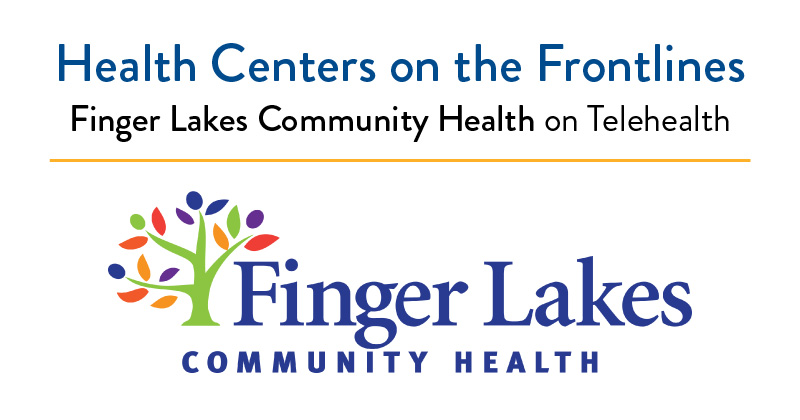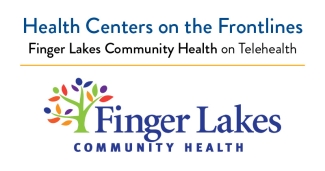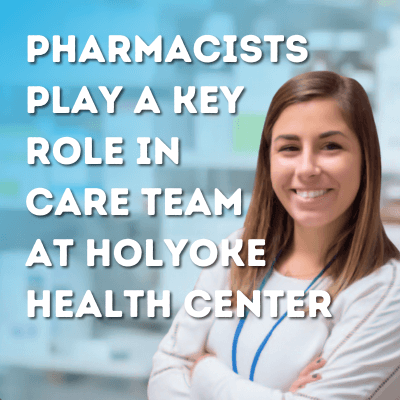Health Centers on the Frontlines: Finger Lakes Community Health on Telehealth

Toward the end of March, as the COVID-19 pandemic began to affect US communities, an expeditious jump to virtual health care transpired at health centers across the country. Finger Lakes Community Health, a community health center in New York State, had a significant advantage over most: their telehealth program had already been up and running for almost 14 years. Even so, they felt taken off-guard. “We had to start in a day, and that offers some real challenges for all of us because we weren’t clear on clinical processes, billing, safety plans, etc.,” admitted Mary Zelazny, CEO of Finger Lakes, during a recent Midwest Clinicians’ Network webinar. The 11 narrow lakes – the health center’s namesake – that thread through New York create a geographic barrier to care for many rural communities. Many patients choose to skip specialty appointments rather than drive hours to an unfamiliar site for care. Additionally, like many rural health centers, Finger Lakes struggles to provide sufficient primary care provider coverage for sparsely populated areas. Telehealth answered workforce concerns, by allowing multiple rural sites to share one doctor. It also lessened barriers to and stigma around specialty care, by enabling patients to go to their regular clinic to get behavioral health or other specialty care. With improved care and increased access came better health for the residents of Finger Lakes’ service area, which stretches from Lake Ontario all the way down to the Pennsylvania border. “It’s a huge tool in the toolbox to be able to meet some of the needs of our patients, and address unnecessary emergency room use and readmissions,” Zelazny said.
Despite this telehealth infrastructure, Finger Lakes hadn’t had experience providing it outside of the clinic walls. “The new thing was doing it in people’s homes,” said Robert Shelly, MD, FAAP, a doctor in pediatrics and internal medicine at Finger Lakes and a Migrant Clinicians Network board member. Dr. Shelly noted that their in-house telehealth staff helped significantly with the transition. “Staff that normally assisted with specialty visits on telehealth is now facilitating the Zoom visits with patients in their homes,” by coaching the patient through the downloading of the Zoom app and other technology troubleshooting before the provider appointment. The telehealth team is supporting providers as well. “I have a person that I go to with issues on virtual visits,” he added. During a visit, a nurse or medical assistant talks to the patient first, asking background questions just as if the patient were in the clinic, and then the nurse or MA clicks “ready” so the patient is transferred to Dr. Shelly’s waiting room. Dr. Shelly speaks Spanish, and doesn’t require an interpreter, but for clinicians who do, an interpreter at one of the health center’s sites can be included in the Zoom video call. For those that are out of work or struggling with food security, Dr. Shelly can pass them to a patient navigator.
The Finger Lakes service area includes much of New York State’s famous apple orchards. Thousands of farmworkers migrate to the region around June, and stay through December, with a higher concentration of farmworkers arriving for the harvest season in the fall. “We’ll have to see how COVID-19 will impact this season,” said Dr. Shelly. “Already, I’m hearing farmers are having just a fraction of their H2A worker positions approved, so there may well be worker shortages.” Migrant farmworkers already have significant barriers to care, from migration, documentation status, poverty, language and cultural barriers, lack of transportation, and more. Finger Lakes helped reduce barriers with their mobile care units, which provided care directly to workers at farmworker housing. The mobile care units are continuing, but in a limited capacity and solely around COVID-19 education. Medical providers are no longer accompanying the mobile unit. Some of the enabling service staff, including community health workers who focused on transportation assistance, have been furloughed.
With the mobile care units and enabling staff reduced, and with limited cell and internet service, and the expense of data plans, Dr. Shelly worried that the transition to telehealth would leave farmworker communities behind. But Dr. Shelly has seen the opposite. “I was surprised at how good the uptake has been, even with farmworker patients,” he said. “Most have a data plan and WhatsApp to communicate with family back home. You sometimes have to call them in the evening or the weekend to coach them through downloading the app,” but patients in farmworker housing have largely been able to make the switch to virtual appointments, he said.
Dr. Shelly also noted his amazement at the resiliency of the community. “They are already more prepared for this than the rest of the population in a way. They have some of the skills: they are already used to going out in limited ways, living in the shadows and not spending time on the streets,” for fear of their documentation status. “They’re also used to work being intermittent and unpredictable,” Dr. Shelly added, and so saving for tough times is a way of life. Dr. Shelly and his wife have found that many of their friends in the farmworker communities have savings to rely on, in contrast to a lot of others out of work. Dr. Shelly’s daily schedule is a mix of roughly 50 percent virtual – either through Zoom or on the phone – and 50 percent in-person visits at the clinic. He rattled off his schedule that day: “In-person, video, video, video, phone, phone, in-person, in-person…” The in-person appointments are restricted to those who need to be seen for tests or a specific exam. Many of his patient encounters have been over the phone, and the payment for phone visits is low. “We probably won’t know until the dust has settled how well we’ve been able to maintain our income, but the telemedicine reimbursement is pretty decent. The [telephone] reimbursement] is something, although it’s not very much,” he said.
Finger Lakes has thus far avoided the overwhelm of the clinical systems that its metropolitan neighbor New York City has seen. As the region finally moves into its warmer months, prompting the arrival of more farmworkers, Finger Lakes’ repositioning in response to the virus will again be tested. “We’re dealing with how it’s disrupted our workflow, and the possibility that it will get worse,” Dr. Shelly admitted, but added, with hope, “so far it’s just been a trickle.”
Like what you see? Amplify our collective voice with a contribution.
Got some good news to share? Contact us on our social media pages above.
Return to the main blog page or sign up for blog updates here.
- Log in to post comments






